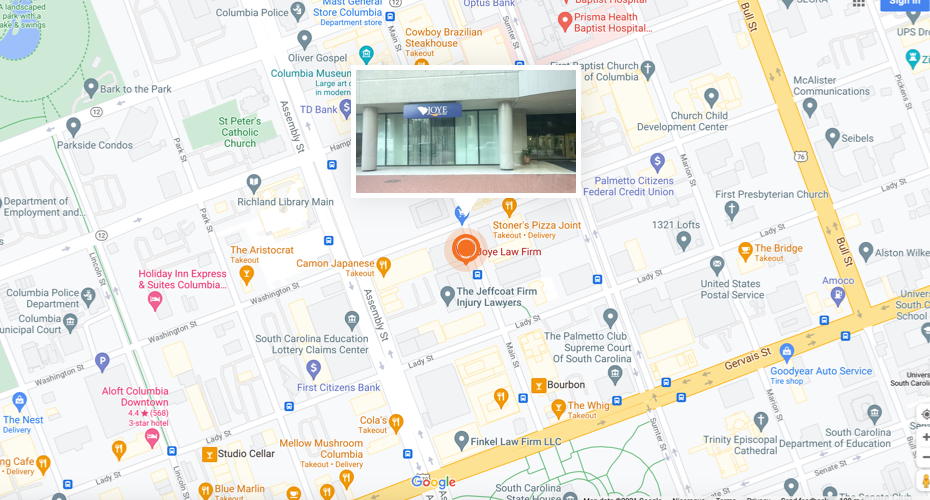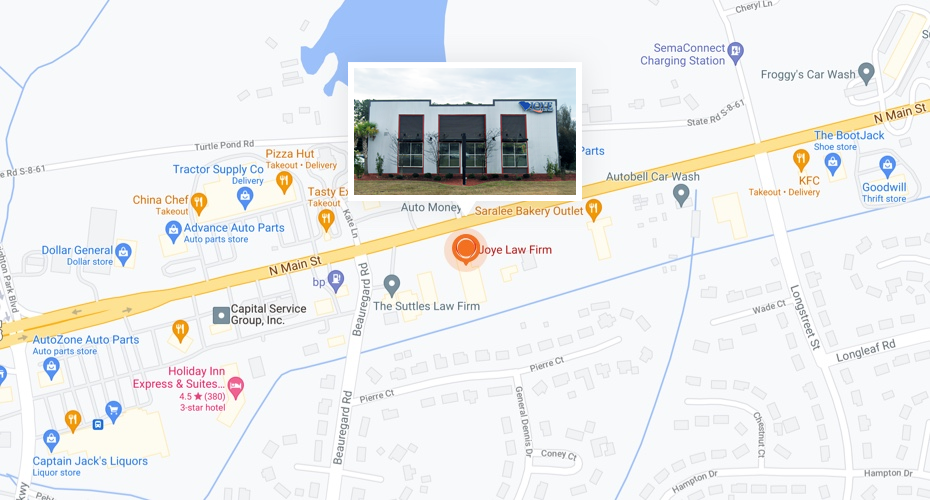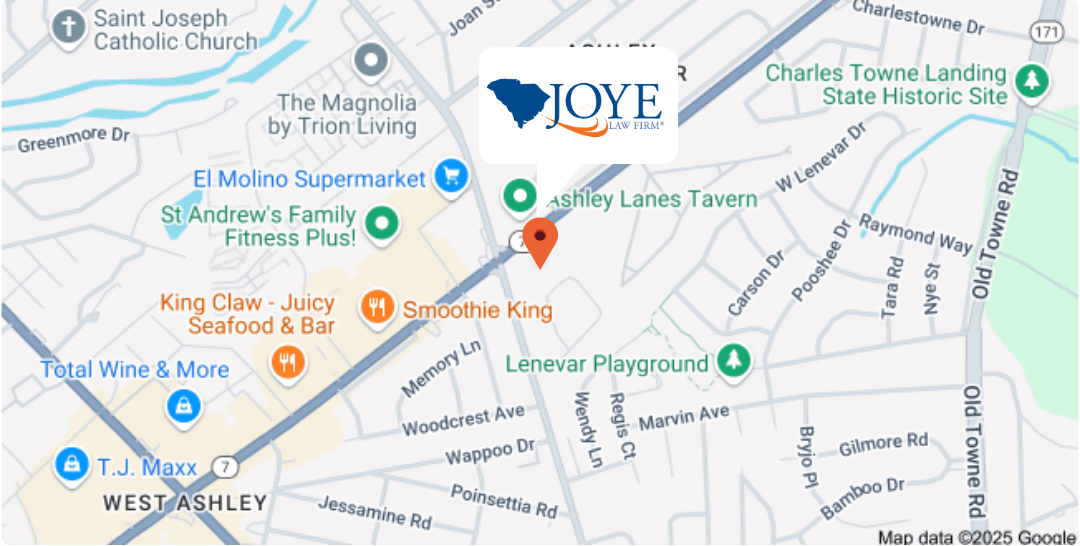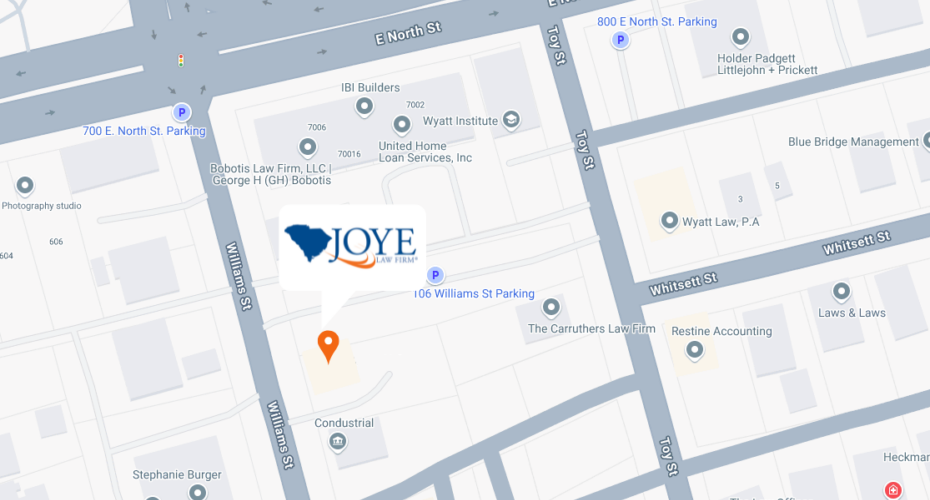
You already know that if you’ve sustained a rotator cuff injury while on the job in South Carolina, you are dealing with more than just physical pain. Shoulder injuries can affect your ability to perform your daily tasks and can make it impossible to return to work. Understanding the full scope of your rotator cuff injury, how it affects your life, and what compensation options are available to you is crucial for your future.
Workplace injuries, especially those involving the rotator cuff, can be complex, and getting the benefits you deserve often isn’t straightforward. If you’re reading this, you may have already faced a workers’ compensation claim denial or experienced other difficulties navigating the claims process. Rest assured, help is available. Retaining experienced legal representation as soon as possible can make all the difference in your recovery and ability to secure fair compensation. Contact a workers’ compensation attorney at Joye Law Firm to schedule a free consultation. Your focus should be on healing, not dealing with the red tape.
What Is a Rotator Cuff Injury?
The rotator cuff is a group of four muscles and tendons in your shoulder that help stabilize the shoulder joint and allow you to lift and rotate your arm. When these muscles or tendons are injured, it can lead to significant pain, weakness, and difficulty moving the arm. This type of injury is common in workplaces that require repetitive motions or heavy lifting. Over time, these motions cause wear and tear on the rotator cuff tissues, leading to various injuries, including:
- Tendinitis: Inflammation and swelling of the rotator cuff tendons due to repeated pinching during shoulder movements.
- Bursitis: Irritation of the fluid-filled bursa sac that cushions the rotator cuff, causing pain and swelling when excessive friction occurs between muscle and bone.
- Rotator Cuff Tears: These can develop gradually or suddenly due to trauma, such as a fall or lifting a heavy object. Tears may be partial (only part of the tendon is damaged) or complete (the tendon is fully torn, often detaching from the upper arm bone).
Types of Rotator Cuff Tears
Rotator cuff tears vary in severity and cause. Without treatment, a tear can worsen over time, affecting shoulder function. The main types include:
- Partial Tear: The tendon is damaged but not completely severed (also known as a partial thickness tear).
- Complete Tear: The tendon tears into two pieces, often detaching from the upper arm bone. Full-thickness tears do not heal on their own but may stabilize over time, allowing for functional shoulder movement.
- Acute Tear: Caused by sudden trauma, such as falling on an outstretched arm or improperly lifting a heavy object. Other shoulder injuries, like dislocations or fractures, can also lead to acute tears.
- Degenerative Tear: Occurs gradually due to long-term tendon wear, repetitive stress, or age-related degeneration. The dominant arm is more prone to these tears due to frequent use.
Seeking medical attention for rotator cuff injuries can help prevent further damage and restore shoulder function.
Causes of Rotator Cuff Injuries
Rotator cuff injuries can have many triggers. Understanding the common causes can help in preventing injury and seeking early treatment:
- Repetitive overhead movements: Repeated lifting or reaching over the head strains the shoulder.
- Heavy lifting: Lifting heavy objects, especially awkwardly or without proper technique, puts stress on the shoulder.
- Sudden forceful movements: A sudden jerking motion or lifting something unexpectedly heavy can tear the tendons.
- Falls or direct impact to the shoulder: Injuries from slips, trips, or falls can damage the rotator cuff.
- Poor ergonomic conditions: Working at improper heights or using poorly designed tools can strain the shoulder.
When you experience a rotator cuff injury, the pain and limitations may affect your ability to perform tasks that were once simple. Your range of motion might be compromised, and even routine movements could cause significant discomfort.
Occupations at Risk for Rotator Cuff Injuries
Some jobs put workers at a higher risk for rotator cuff injuries. These professions require repetitive motions, lifting, or other physical demands that can deplete the shoulder over time. Here are some examples:
- Construction workers: Repetitive lifting, overhead tasks, and awkward positions increase the risk.
- Warehouse employees: Constant heavy lifting and moving objects can strain the shoulders.
- Factory workers: Repetitive motions in assembly lines or operating machinery can cause wear on the rotator cuff.
- Painters: Reaching and lifting overhead repeatedly while painting walls or ceilings can be taxing on the shoulder.
- Healthcare professionals: Tasks such as lifting patients or equipment can contribute to injury.
- Office workers with poor ergonomic setups: Long hours of typing and poor desk setups can cause strain on the shoulders.
- Maintenance workers: Lifting and bending in awkward positions puts strain on the rotator cuff.
- Truck drivers: Repeatedly loading and unloading cargo, or twisting and turning while driving, can lead to shoulder injuries.
- Retail stockers: Reaching for items on high shelves and heavy lifting can increase the risk of injury.
In many of these occupations, workers are not only susceptible to rotator cuff injuries but may also experience them in ways that make it difficult to continue performing daily job duties. You need to seek medical treatment right away and understand your rights.











